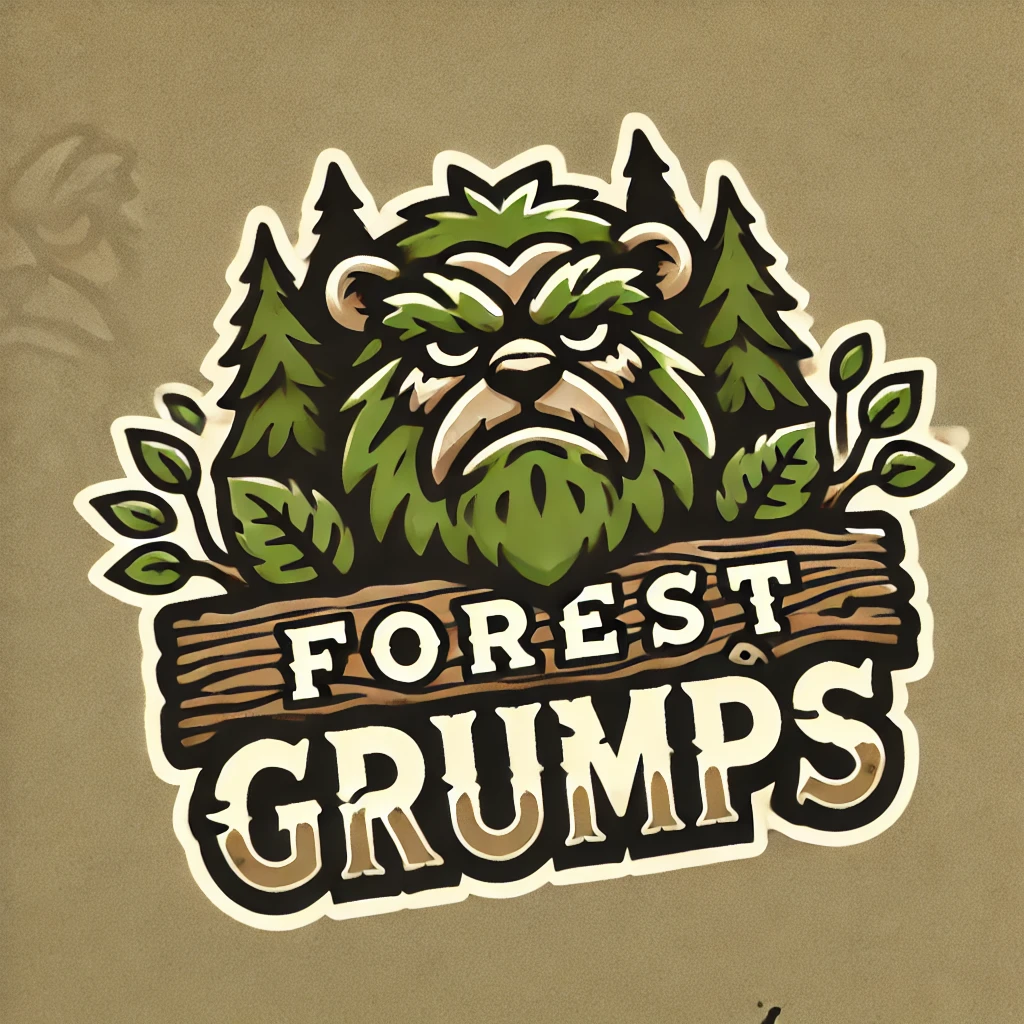Both STIHL cant hooks and Peavey tools are well-respected in the logging and forestry industry. Each has distinct features that make them suited to different tasks. To determine which tool is better for your specific needs, let’s compare the two in terms of design, functionality, and use cases.
STIHL Cant Hook
Design and Features:
- Blunt Tip: The STIHL Cant Hook is designed with a blunt end, which is ideal for rolling and positioning logs without damaging the wood.
- Handle Material: Typically comes with a hardwood handle, offering durability and a traditional feel. The wood is treated to resist the elements, making it suitable for outdoor use.
- Hook Design: The hook is made from forged steel with serrated edges, providing a strong grip on logs. The serrations help prevent slippage, allowing for precise control when rolling or adjusting logs.
- Ergonomics: The handle is ergonomically shaped, offering a comfortable grip that reduces fatigue during extended use. Its length (often around 48 inches) provides good leverage for handling medium to large logs.
Best For:
- Sawmill Operations: The blunt end makes it perfect for rolling logs into position on a sawmill without damaging the wood.
- Rolling and Turning Logs: Ideal for moving and turning logs on flat or slightly uneven surfaces, especially when maintaining the integrity of the wood is important.
- Woodworking: The precise control and non-damaging blunt tip make it well-suited for woodworking applications.
Pros:
- Excellent control with minimal damage to the wood.
- Durable, high-quality construction.
- Comfortable and ergonomic for extended use.
Cons:
- Limited effectiveness on rough terrain or for breaking log jams.
- Heavier than some alternatives due to the hardwood handle.
Peavey
Design and Features:
- Pointed Spike: The defining feature of a Peavey is its pointed spike at the end of the handle, which allows it to pierce logs or dig into the ground, providing extra control on uneven terrain.
- Handle Material: Peavey tools are often available with both wooden and aluminum handles. Wooden handles offer a classic feel, while aluminum handles are lighter and resistant to weathering.
- Hook Design: Like the cant hook, the Peavey also features a sharp, durable hook, but the presence of the spike makes it more versatile in certain situations.
- Versatility: The spike makes the Peavey a better choice for breaking apart log jams, particularly in rivers, or for use in rough, outdoor environments.
Best For:
- Outdoor Logging: The spike allows the Peavey to be used effectively on rough terrain, where logs are often lodged or difficult to move.
- Breaking Log Jams: The pointed spike is excellent for prying apart logs that are stuck together, especially in rivers or dense forests.
- Rough Terrain: Ideal for use in areas with uneven ground or where more leverage is needed to control large logs.
Pros:
- Versatile and effective on rough terrain.
- The spike adds utility for breaking log jams and stabilizing logs.
- Available in both wooden and aluminum handle options.
Cons:
- The spike can damage the wood, which may be undesirable in some applications.
- Less suited for precise work on flat surfaces, such as sawmill operations.
Key Differences
| Feature | STIHL Cant Hook | Peavey |
|---|---|---|
|
Blunt end, non-damaging | Pointed spike for penetrating logs/ground |
|
Sawmill work, precise log positioning | Rough terrain, breaking log jams |
|
Typically hardwood handle | Wooden or aluminum handles available |
|
Minimal to no damage | Potential to damage wood due to spike |
|
Best on flat or slightly uneven surfaces | Best on rough, uneven, or rocky ground |
|
Less effective for breaking jams | Very effective for breaking log jams |
Which Tool Should You Choose?
- Choose the STIHL Cant Hook if you need a tool that offers precise control over log movement without damaging the wood. It’s particularly well-suited for sawmill operations and woodworking tasks where preserving the integrity of the logs is crucial. The STIHL Cant Hook excels in situations where you are working on flat or slightly uneven surfaces.
- Choose a Peavey if your logging work often involves rough terrain or breaking apart log jams. The pointed spike makes the Peavey more versatile in challenging environments, allowing you to penetrate logs or stabilize them in difficult conditions. If your work requires more rugged, outdoor log handling, the Peavey is likely the better choice.
Conclusion
Both the STIHL Cant Hook and Peavey are excellent tools, but they serve slightly different purposes. The STIHL Cant Hook is best for controlled, precise log handling where the wood needs to remain undamaged, making it ideal for sawmill work and fine woodworking. The Peavey, with its pointed spike, is more versatile in rough, outdoor conditions and is especially useful for breaking log jams and moving logs in uneven terrain. Your choice should be guided by the specific logging conditions and tasks you encounter most frequently.
